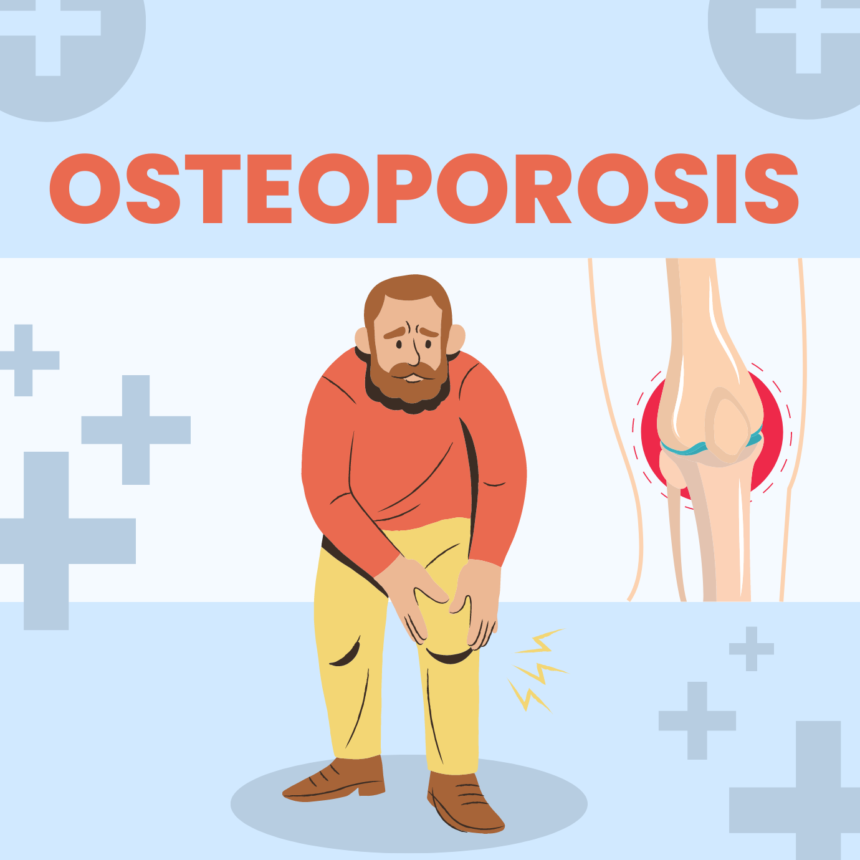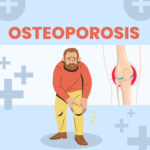Introduction:
Osteoporosis is often called the “silent disease” because it progresses without noticeable symptoms until a fracture occurs. Early detection through screening is crucial for identifying individuals at risk and implementing preventive measures. This article emphasizes the significance of osteoporosis screening, the recommended screening methods, and the benefits of regular monitoring to prevent fractures and manage bone health effectively.
Key Points:
- Understanding Osteoporosis Risk: The article discusses risk factors, including age, gender, family history, and lifestyle choices, that increase the likelihood of developing osteoporosis.
- Bone Density Testing: Various methods of bone density screening, such as Dual-Energy X-ray Absorptiometry (DXA), are explained, and the importance of assessing bone density to diagnose osteoporosis is highlighted.
- Early Intervention: Early detection allows healthcare providers to implement strategies to prevent further bone loss and fractures, promoting better overall bone health.
- Monitoring Progress: For individuals already diagnosed with osteoporosis or at risk, regular monitoring through follow-up screenings helps assess treatment effectiveness and make necessary adjustments.
- Individualized Care: The article emphasizes the importance of personalized care plans based on individual risk factors and medical history to optimize outcomes.









